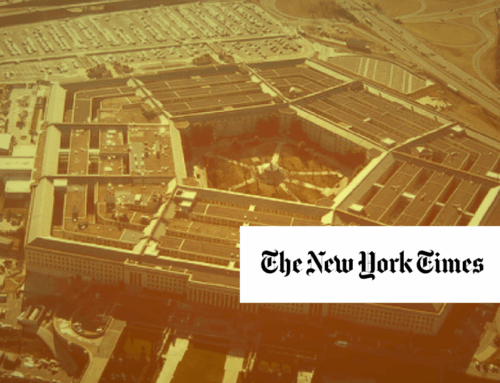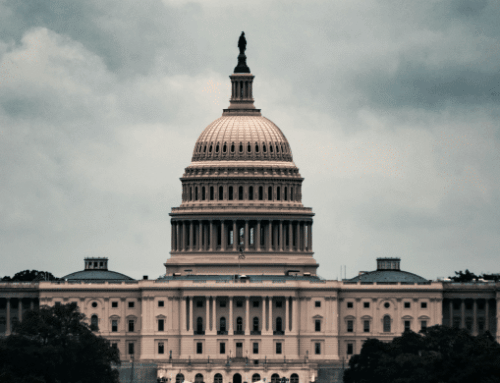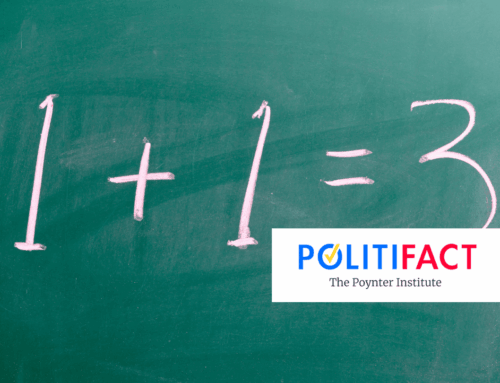Lawmakers ticking off their 118th Congress lame duck to-do list gave taxpayers an early holiday present. The compromise version of the Fiscal Year (FY) 2025 National Defense Authorization Act (NDAA) adheres to the budget caps established by the Fiscal Responsibility Act (FRA). Congressional leaders should take note as they work to finalize a $100+ billion “emergency” supplemental and Continuing Resolution to avoid a shutdown on December 20th. Setting limits and sticking to them is necessary if we’re going to seriously tackle our more than $36 trillion debt in the New Year.
The NDAA is one of only a handful of perennial must-pass bills. Adopted every year since 1961, it sets policy and authorizes spending levels for national security. And it’s not small. The bill released over the weekend authorizes $895 billion in national security spending, including $850 billion for the Pentagon, $33.5 billion for nuclear weapons activities managed by the Department of Energy, and $11.6 billion for other defense-related activities.
Notably, authorization bills governing discretionary programs, though important, don’t actually spend taxpayer money. Discretionary (or annually determined) spending authorized in the NDAA, as in any other authorizing legislation, is determined by appropriations legislation. The NDAA is an important bill that sets a lot of policy guidance. But the price tag is more aspirational than affirmative. The NDAA authors’ adherence to the top-line established in the FRA, however, is a win for taxpayers.
This is a win because even on, or perhaps especially on, authorization bills, Congress is tempted to overindulge. As an ask more than an order, authorization bills aren’t directly writing the check. So, it’s tempting to use them to score political points including by appearing to secure funding when you actually haven’t. In the biennial Water Resources Development Act (WRDA) lawmakers authorize tens of billions of dollars in new Army Corps of Engineers projects when the Corps has a roughly $3 billion annual construction budget. Farm bills and other omnibus bills, which typically govern mandatory entitlements, will also create new programs “authorized to be appropriated” a set amount or such sums as necessary, at a later date. Whether those programs ever actually receive a single dollar of funding, or those water projects ever make it to the top of the $100 billion Corps construction backlog isn’t really the point. Lawmakers can claim they bagged some bucks for their constituents, or their donors, even if what they really got was just a license to hunt.
Senate authorizers on the Armed Services Committee played a similar game. Their original NDAA came in $25 billion above the statutory limit the FRA set for FY2025. Note that’s the statutory – set by statute (law) – and thus legal limit for spending. Breaching the limits in the FRA isn’t something one can do at a wave of the pen unless you can get a majority of Congress to agree to increase those limits. Did those Senate authorizers get that buy-in from a majority of Senators and the House? Did they specify other programs to cut or revenue sources to pay for the increase to ensure it happens? Of course not. That’s a problem for the appropriations committee.
An NDAA that adheres to spending caps, despite the pressure to bust them, is a win. It also may be short-lived. Lawmakers may simply ignore the authorizing legislation when they move to finalize FY2025 spending bills, which will most likely happen in March of next year. In August the Senate Appropriations Committee proposed adding over $21 billion to the Pentagon’s budget request. In order to spend above the budget caps, appropriators characterized the $21 billion in increases as “emergency” spending, which is exempt under the FRA. That’s baloney. There is legitimate emergency spending. Including much of the federal response to overwhelming disasters like Hurricanes Helene and Milton. But the bulk of the proposed spending in the Senate Appropriations defense funding bill would pay for routine expenses that fall far short of the 5-part definition of emergency spending incorporated in Congressional Budget Resolutions that it be necessary (not merely beneficial); sudden; urgent; unforeseen; and not permanent.
In Washington the hottest must have item this holiday season is a renewed commitment to deficit reduction. The president-elect has embraced Elon Musk and Vivek Ramaswamy’s self-proclaimed Department of Government Efficiency (DOGE) initiative. The House Committee on Government Oversight and Accountability has created a new subcommittee Delivering on Government Efficiency (DOGE). And every think tank is coming up with ideas for reforms. The NDAA authors, and the House which adopted the bill 281-140, simply agreeing to stick to a topline price tag equal to the spending limit they set for themselves last year may be just a small stocking stuffer in a government that spent a total of $6.75 trillion in FY2024. But we all know it’s the thought that counts. And if this modicum of fiscal restraint can snowball into an avalanche of fiscal responsibility, it won’t just be a nice Christmas but could lead to many a happy New Fiscal Years for taxpayers.










